Industrial control systems generate huge amounts of data, traditionally monitored by information technology personnel. The introduction of BGAN M2M communication has made possible increased automation of monitoring and settings changes in supervisory control and data acquisition (SCADA) systems used in factories, large office buildings, water and electrical utility systems and oil and gas pipelines and installations.
This automation can alleviate the necessity for often expensive and arduous travel to remote locations. BGAN M2M applications can link smart meters to a utility grid, collect oil well data, monitor the condition of oil and natural gas pipelines or communicate the equipment state of a wind farm to a central location. The increased flow of data allows a pre-emptive and pro-active approach to equipment maintenance which can only favor increased safety and security.
The BGAN network extends the reach of M2M communication to the entire globe, even to very remote locations where the communications infrastructure has failed or never existed. The BGAN satellite network offers simultaneous voice and data connections and covers the whole planet, except for its polar regions. This extensive coverage makes BGAN M2M devices ideal for disaster response and telemedicine programs, as well as for news coverage and business continuity after natural disasters and during periods of political unrest, when communications outages are likely.
Unlike previously bulky satellite terminals, BGAN’s highly portable receivers are rarely larger or heavier than a laptop and are extremely simple to install, point and activate. A Sky News correspondent used the BGAN Satellite network to cover the fall of Tripoli in August 2011, for example, much of it while in motion and from the back of a truck. Shipboard installations are also possible, and specialized BGAN M2M receivers exist as well for use in aircraft, overcoming the problems that doppler shifts pose for traditional receivers.
BGAN M2M models offer features specifically geared to SCADA installations, for instance automatic restart in the event of a power outage, keep-alive link supervision to maintain data connections even for periods of inactivity as long as 12 hours, and auto context activation allowing static orDHCP connections over either TCP or UDP networks. An optional battery provides power backup if needed.
BGAN M2M receivers do require a line of sight to one of the three I-4 geostationary satellites, most likely from out of doors. Assuming the user already knows the general direction of the satellite, a connection typically only requires about two minutes, one for experienced users. In addition, BGAN M2M receivers are ruggedly built and designed to withstand extreme weather conditions.
BGAN M2M devices can minimize travel needs for data collection and management, allowing information technology personnel to focus on the broader picture and implement planned maintenance strategies. Onsite personnel can transmit and receive data after only minimal training, improving communications with off-grid and other remote location. Field personnel like mining engineers and rescue workers can get information to base in a more timely manner, improving operational efficiency and the likelihood of desired outcomes.
Certainly the BGAN M2M along with the Inmarsat network deserves a look from any organization that operates in backcountry and remote locations, both from the point of view of safety and improved operational efficiencies.



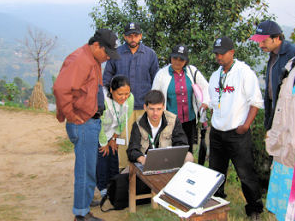
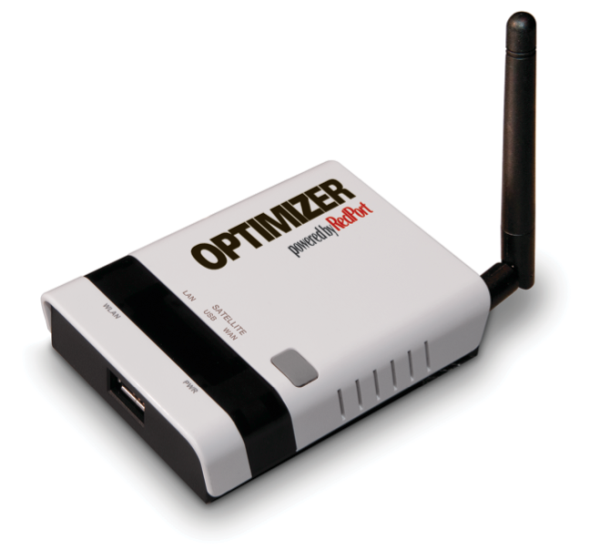
 The strong storm surges renders people unproductive throughout the region in the gulf cost of the United States which in turn leads to the shutting down of companies operations. The communication systems go down and companies are left in isolation from their customers, clients and the entire world at large. Land based cellular and radio telecom services become unreliable due to floods and winds and the only means of communication that people can turn to is satellite equipment. This is simply because satellite networks like
The strong storm surges renders people unproductive throughout the region in the gulf cost of the United States which in turn leads to the shutting down of companies operations. The communication systems go down and companies are left in isolation from their customers, clients and the entire world at large. Land based cellular and radio telecom services become unreliable due to floods and winds and the only means of communication that people can turn to is satellite equipment. This is simply because satellite networks like  During these difficult times, you really need a satellite phone. Phones such as the iSatPhone Pro is powered by the Inmarsat network as well as the Iridium 9555 satellite phones are highly recommended. This is simply because these phones offer high quality network service as well as a superior network coverage footprint. These phones are therefore in a position to help you or your company to stay connected throughout the hurricane season especially in the aftermath of Ike and hurricanes Gustav.
During these difficult times, you really need a satellite phone. Phones such as the iSatPhone Pro is powered by the Inmarsat network as well as the Iridium 9555 satellite phones are highly recommended. This is simply because these phones offer high quality network service as well as a superior network coverage footprint. These phones are therefore in a position to help you or your company to stay connected throughout the hurricane season especially in the aftermath of Ike and hurricanes Gustav.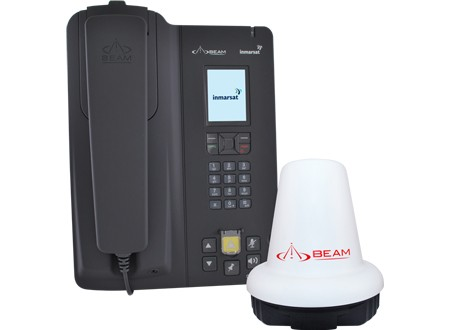
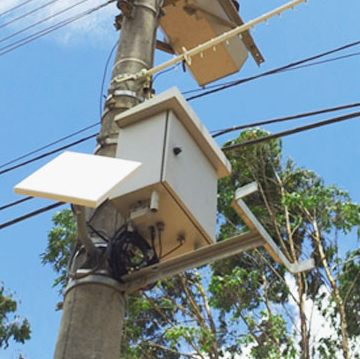
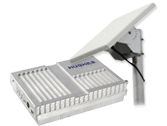 The BGAN 9502 Satellite SCADA terminal is ideal for applications in environmental monitoring, video surveillance, Smart Meter, pipeline monitoring, compressor monitoring and any other projects which involve communication with remote assets. This terminal is power consumption friendly as it only draws 3 – 4 watts for an always open TCP-IP network connection. In idle or hibernation mode the terminal’s power consumption can be as low as 0.01 watts. Given that most of these applications are located in remote locations, power consumption is a major priority. With this model, it is easy to use solar power which can be installed at a very low cost to power the device.
The BGAN 9502 Satellite SCADA terminal is ideal for applications in environmental monitoring, video surveillance, Smart Meter, pipeline monitoring, compressor monitoring and any other projects which involve communication with remote assets. This terminal is power consumption friendly as it only draws 3 – 4 watts for an always open TCP-IP network connection. In idle or hibernation mode the terminal’s power consumption can be as low as 0.01 watts. Given that most of these applications are located in remote locations, power consumption is a major priority. With this model, it is easy to use solar power which can be installed at a very low cost to power the device.
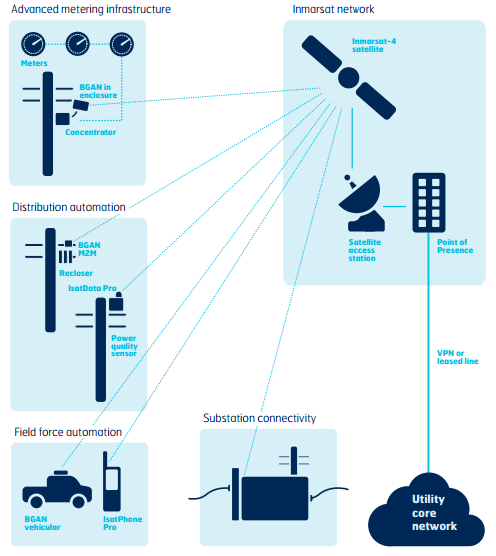

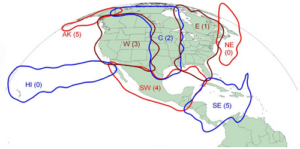 The network of this geostantionary satellite covers North American and tip of Central America, the Caribbean, Hawaii, and coastal waters. While users of terrestrial land mobile radios have to depend on the coverage of cell towers, satellite dispatch radio users rarely experience service interruptions because of the singular network structure. During emergencies, should terrestrial land based communications become compromised, satellites are the only viable option for communications.
The network of this geostantionary satellite covers North American and tip of Central America, the Caribbean, Hawaii, and coastal waters. While users of terrestrial land mobile radios have to depend on the coverage of cell towers, satellite dispatch radio users rarely experience service interruptions because of the singular network structure. During emergencies, should terrestrial land based communications become compromised, satellites are the only viable option for communications.
 The MSAT-G2 push to talk radio communicates with the lightsquared satellite network and provides push to talk and PSTN voice services for all of North America and the northern portion of South American and the Carribean. The MSAT-G2 is both lightweight and practical, as it can be installed in vehicles, buildings, or put together as a “Go-Kit” for portable satellite communications. The “Go-Kit” comes in a water-resistant durable package that also comes with a battery that delivers power when on the go.
The MSAT-G2 push to talk radio communicates with the lightsquared satellite network and provides push to talk and PSTN voice services for all of North America and the northern portion of South American and the Carribean. The MSAT-G2 is both lightweight and practical, as it can be installed in vehicles, buildings, or put together as a “Go-Kit” for portable satellite communications. The “Go-Kit” comes in a water-resistant durable package that also comes with a battery that delivers power when on the go. Many different off the shelf interoperability modules and vehicular repeaters are compatibleMSAT G2 Satellite Radio with the MSAT-G2. It is possible to have interoperation between the MSAT-G2 and multiple different models and brands of wireless phones and radios with Push to talk capability using the interoperability modules. The range of the MSAT-G2 installed in a vehicle can be extended using vehicle repeaters. That set-up allows public safety workers to maintain connectivity in a car that has an LMR portable radio. The vehicle then works as the satellite repeater, allowing him to continue communications.
Many different off the shelf interoperability modules and vehicular repeaters are compatibleMSAT G2 Satellite Radio with the MSAT-G2. It is possible to have interoperation between the MSAT-G2 and multiple different models and brands of wireless phones and radios with Push to talk capability using the interoperability modules. The range of the MSAT-G2 installed in a vehicle can be extended using vehicle repeaters. That set-up allows public safety workers to maintain connectivity in a car that has an LMR portable radio. The vehicle then works as the satellite repeater, allowing him to continue communications. Lightsquared uses a “trunking” concept in their push-to-talk service that allows many different users to share a group of channels with the simple press of the PTT button. The network is designed to be as effective as possible despite having limited satellite power and bandwidth. Satellite power and call-handling resources are managed using demand assigned communication channels. “Call types” are also employed in the network to achieve the same results. When PSTN and cellular network congestion becomes a problem, Lightsquared’s group oriented communications take care of the issue by allowing large numbers to communicate on a single set of frequencies without ever using PSTN. A pre-defined period of activity defines when a frequency will be released.
Lightsquared uses a “trunking” concept in their push-to-talk service that allows many different users to share a group of channels with the simple press of the PTT button. The network is designed to be as effective as possible despite having limited satellite power and bandwidth. Satellite power and call-handling resources are managed using demand assigned communication channels. “Call types” are also employed in the network to achieve the same results. When PSTN and cellular network congestion becomes a problem, Lightsquared’s group oriented communications take care of the issue by allowing large numbers to communicate on a single set of frequencies without ever using PSTN. A pre-defined period of activity defines when a frequency will be released.